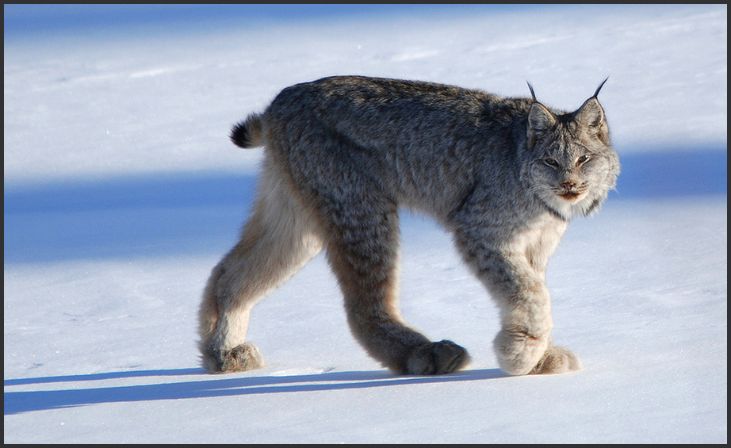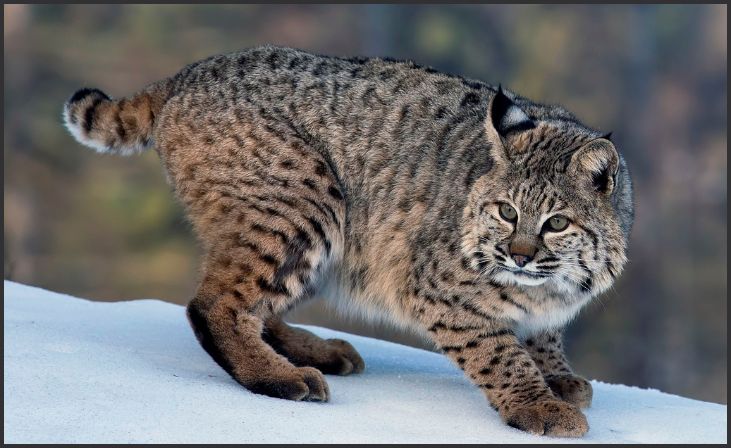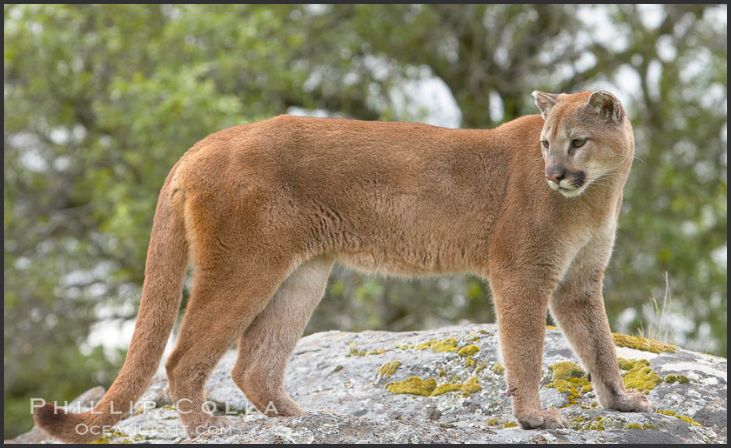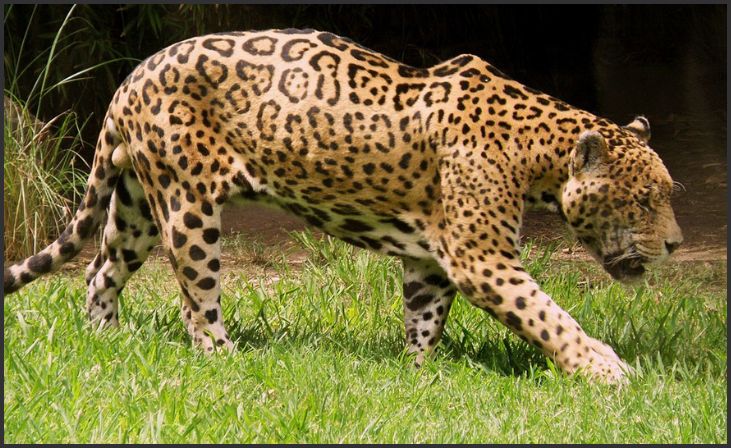Wild cats have long been a symbol of the untamed wilderness, embodying both grace and ferocity. While many associate these majestic creatures with distant jungles or remote mountains, several species of wild cats continue to roam the diverse landscapes of the United States. In this article, we’ll explore six of these wild feline inhabitants, delving into their characteristics, habitats, and the challenges they face.
Canadian Lynx (Lynx canadensis)

The Canadian Lynx, a solitary and elusive feline, is known for its distinctive long ear tufts and short, bobbed tail tipped in black. Its large, padded paws act like snowshoes, allowing it to traverse deep snow with ease, a crucial adaptation for surviving in its boreal forest habitat.
Primarily found in Alaska, Canada, and parts of the northern United States, the Canadian Lynx thrives in dense, cold forests where it preys mainly on snowshoe hares. This close predator-prey relationship means the lynx population fluctuates with the hare population. Despite being well-adapted to its environment, the Canadian Lynx is listed as threatened in the contiguous United States due to habitat loss and fragmentation.
Bobcat (Lynx rufus)

Smaller and more adaptable than its cousin, the bobcat is a versatile predator found throughout the United States. Recognizable by its tufted ears, spotted coat, and “bobbed” tail, the bobcat varies significantly in size and color depending on its geographical location. Northern bobcats tend to be stockier with thicker fur to withstand colder climates.
Bobcats are highly resourceful hunters, feeding on a diverse diet that includes rodents, birds, and even deer. Their adaptability to different environments—from forests and swamps to deserts and suburban areas—makes them one of the most widespread wild cats in North America. While bobcats generally avoid humans, they are sometimes seen in suburban areas where they can find easy prey.
Ocelot (Leopardus pardalis)

The ocelot, with its strikingly beautiful coat of dark rosettes and spots, is a medium-sized wild cat primarily found in South Texas. These cats are relatively rare in the U.S., with most of their range extending into Central and South America. Ocelots are nocturnal and arboreal, spending much of their time hunting in dense, brushy forests.
Ocelot kittens are born blind and start to see after about a month, at which point their fur begins to develop its distinctive markings. The ocelot’s diet consists mainly of small mammals, birds, and reptiles. Unfortunately, habitat loss and fragmentation have significantly reduced their numbers in the U.S., making conservation efforts critical to their survival.
Mountain Lion (Felis concolor or Puma concolor)

Also known as cougars, pumas, or panthers, mountain lions are the largest wild cats in North America. They have a tan to gray body with blackish-brown markings on their faces and tails. Male mountain lions can grow up to 8 feet long and weigh between 130 and 150 pounds, while females are slightly smaller.
Mountain lions have the largest range of any terrestrial mammal in the Western Hemisphere, found from Canada to South America. These powerful predators prefer habitats with dense underbrush and rocky areas for stalking prey, which includes deer, elk, and smaller mammals. While generally elusive, mountain lion sightings are becoming more common as human developments encroach on their territories, leading to increased encounters and the need for public awareness about coexisting with these big cats.
Jaguar (Panthera onca)

The jaguar, distinguished by its robust build and stunning coat adorned with rosette patterns, is a rare sight in the United States today. Historically, jaguars roamed much of the southwestern U.S., but now they are mostly found in remote areas of Arizona and New Mexico, with the majority of their population in Central and South America.
Jaguars are apex predators, known for their strength and ability to take down large prey such as deer, peccaries, and even caimans. They are solitary animals, preferring dense, tropical, and subtropical forests near water sources. Conservation efforts focus on protecting their remaining habitats and connecting fragmented landscapes to ensure their survival.
Jaguarundi (Herpailurus yagouaroundi)

The jaguarundi is unlike any other wild cat in the U.S., with a sleek, elongated body and a coat that can range from reddish to grayish-black. Early German zoologists dubbed it the “weasel cat” due to its resemblance to members of the Mustelidae family, such as weasels and otters.
Jaguarundis are found in the brushy and forested regions of South Texas, though they are more common in Mexico and Central America. These cats are diurnal, meaning they are active during the day, hunting small mammals, birds, and reptiles. Habitat destruction poses the greatest threat to the jaguarundi, as urbanization and agriculture continue to encroach on their natural environments.

